If you’re new to indoor houseplants, you’re in the right place. This beginner’s guide to houseplants for beginners will help you choose the right plants and understand the basics of plant care so you can grow your green thumb and finally keep those plant babies alive.
I’ve always loved decorating with indoor houseplants. They add texture, warmth, and that cozy, lived-in feel, especially in a minimalist space. Plus, it’s genuinely rewarding to watch something thrive just because you’ve cared for it. There’s nothing like spotting a new baby leaf on a plant you’ve nurtured.
But I get it. Maybe you’ve brought home a succulent or two, only to watch them shrivel despite your best efforts. That was me in the beginning. The good news? With the right info, you can absolutely turn things around.
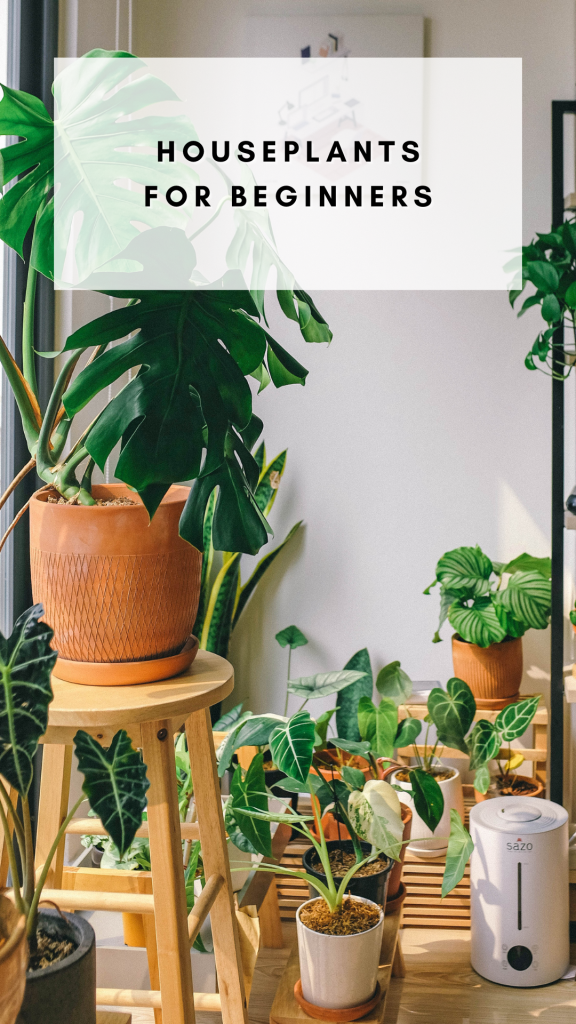
Best Houseplants for Beginners (Low-Maintenance Favorites)
Not all pretty plants are easy to care for. If you’re just getting started, choose houseplants that are forgiving and low-maintenance. Here are my top four favorites:
Snake Plant
Shop real snake plants on Amazon | Convincing faux snake plant
I love snake plants so much I have four. They thrive on neglect, really! They don’t need much light or water and can survive in low-light corners. Ideal for busy plant parents or those prone to forgetting a watering day.
Golden Pothos
Buy pothos on Amazon
This vining plant is perfect for shelves, mantels, or anywhere you want some trailing greenery. It tolerates low light better than most and is nearly impossible to kill. I keep mine across the room from a window and it’s thriving.
Aloe Vera
Shop aloe vera on Amazon
These can get surprisingly big and are perfect if you tend to under-water. Aloe stores moisture in its leaves, so it prefers dry soil and infrequent watering.
Rubber Plant
Buy rubber plants online
This one’s easy to care for and adds height and drama to your space. I have several around my house and they’ve been super low-maintenance from day one.
Yes, I’ve ordered plants from Amazon and Etsy and it’s gone surprisingly well! Just make sure to check reviews and care instructions.
If you’re looking for even more beginner options, check out my full post on the best indoor plants for beginners.
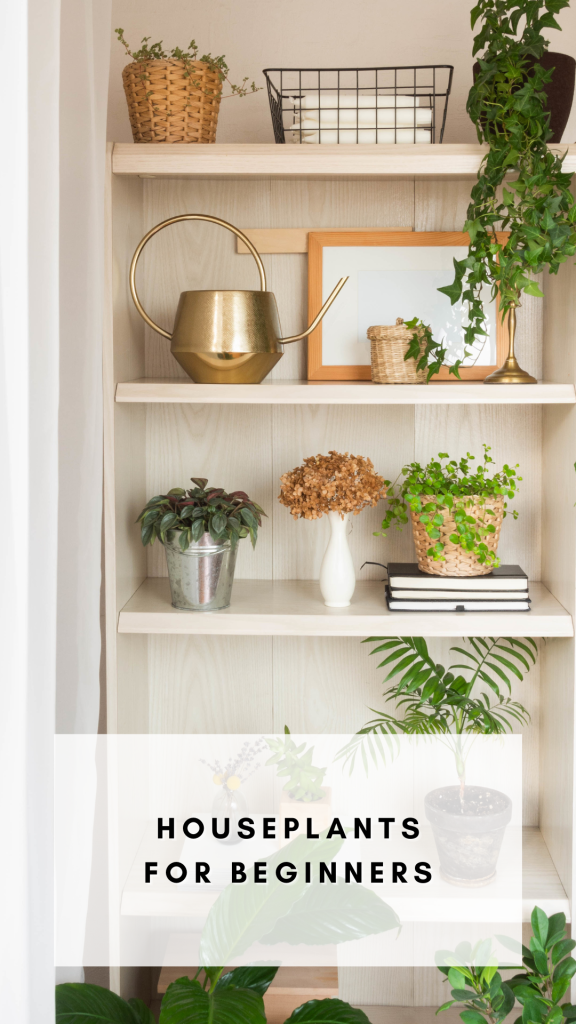
How to Care for Houseplants: The Basics
Even the easiest houseplants need the right balance of light, water, and nutrients. Here’s how to keep them alive and happy.
1. Light
Light can be tricky. Too much, and your plant burns. Too little, and it wilts. Here’s a quick breakdown:
- High light plants: Need full sun, directly in an unshaded window.
- Medium light plants: Prefer bright but indirect light (filtered through curtains or in a bright room).
- Low light plants: Tolerate shade but still need to be in a room with natural light.
Tip: The farther your plant is from a window, the less light it receives. A low-light plant may still need to be placed near a window to thrive. Or you can use grow lights to help your plants in darker areas of your home.
2. Water
Overwatering is the number one killer of houseplants. I drowned more than a few in my early days.
Watering needs depend on three things: the plant type, the amount of sunlight it receives, and the soil it’s planted in. Here’s a general idea:
| Plant Type | Watering Frequency |
|---|---|
| Snake Plant | Every 2–4 weeks |
| Aloe / Succulents | Every 2 weeks |
| Pothos | Every 10–14 days |
| Fiddle Leaf Fig | Every 10–14 days |
- Let soil dry out completely for desert plants like succulents and snake plants.
- Water when the top inch is dry for most others.
- Yellow leaves? You’re probably overwatering. Crispy brown leaves? It’s too dry.
Pro tip: I use plastic saucers like these inside baskets for drainage. Or add rocks to the bottom of decorative pots if they don’t have a hole.
Need help staying on schedule? Download my free houseplant watering guide to stay consistent.
3. Soil & Plant Food
Soil isn’t just dirt—it’s the foundation for your plant’s health. Over time, nutrients in the soil get used up or flushed out by watering. Here’s what to know:
- Use potting soil appropriate for your plant’s needs (cactus soil for succulents, regular mix for most others).
- Repot with fresh soil every year or two.
- Consider using a balanced houseplant fertilizer once or twice a month during the spring and summer.
Your local nursery may also recommend a great option for your specific climate or plant type. That’s where I found my current go-to fertilizer.
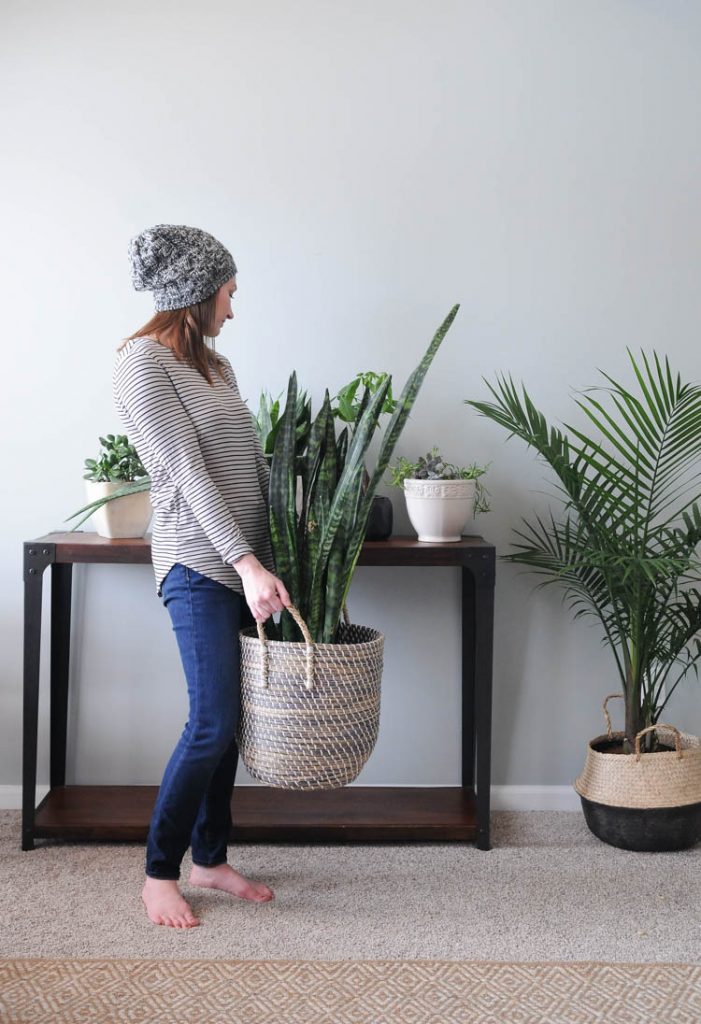
Extra Tips for First-Time Plant Parents
- Don’t move your plant around too much. It needs time to adjust to its new environment. Give it at least 3–4 weeks in one spot.
- Mimic natural conditions. Research where your plant grows in nature. Succulents = desert = infrequent but deep watering. Pothos = tropical = a little more moisture.
- Sunburn is real. If you move indoor plants outside for summer, ease them into direct sun gradually.
I even made a short video showing how I plant a houseplant in a basket. It’s a fun way to skip the pot-and-saucer look.
That’s everything you need to get started with indoor houseplants, even if you’re starting from scratch. With the right beginner-friendly plants and a little knowledge, you’ll be surprised how quickly your confidence (and your plant collection) grows.
Have tips of your own? Share them in the comments below!
If this post helped you, pin it for later and help someone else discover the joys of easy indoor gardening!
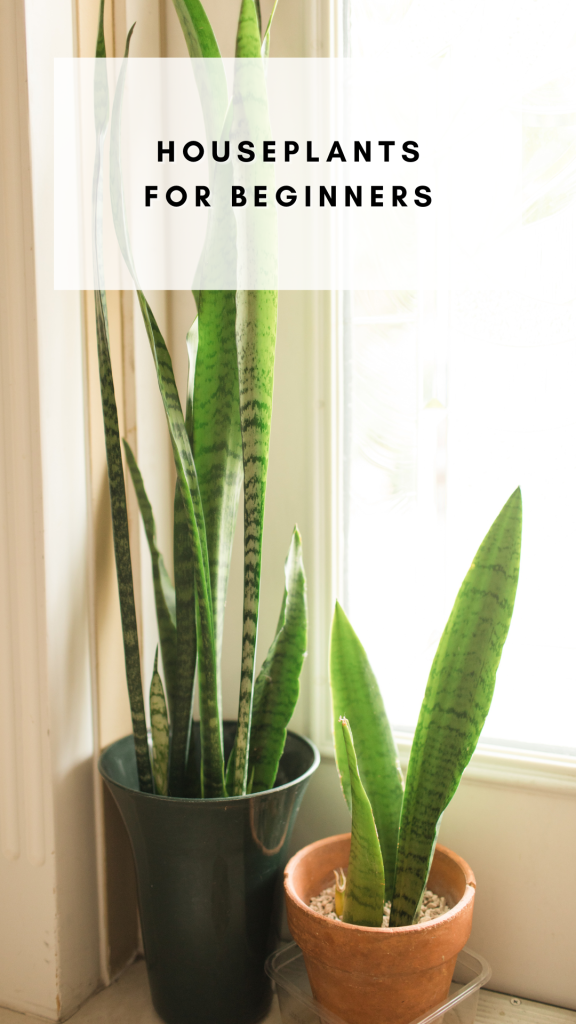

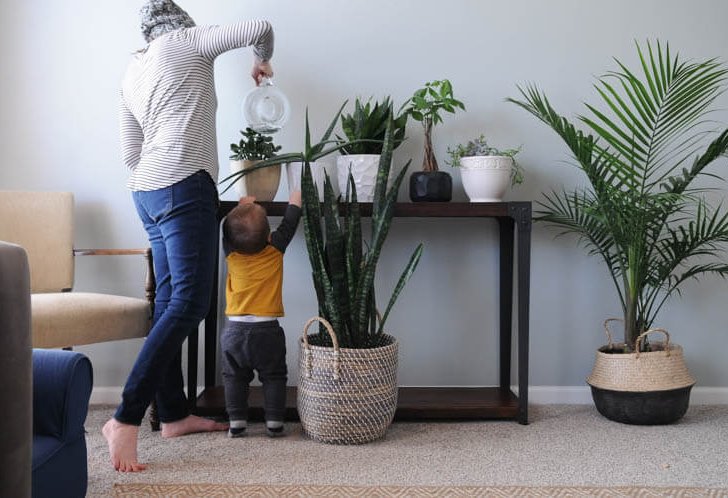

Grow Indoors with Ease: 8 Effortless Indoor Gardening Ideas
Monday 17th of March 2025
[…] Choosing the right plants is key for easy indoor gardening. Beginners should pick plants that are easy to care for. Succulents, spider plants, and pothos are great for indoor gardens. They need little care and do well in small spaces6. […]
Houseplant Care Guide: Expert Tips & Tricks - PlantasticHaven
Saturday 8th of March 2025
[…] [1] https://olfco.ca/blogs/olfco/a-guide-to-caring-for-tropical-indoor-plants[2] https://www.goodreads.com/book/show/34220673-houseplants[3] https://shop.trilliumlivingllc.com/products/the-ultimate-indoor-plant-care-guide-printable-digital-download-no-shipping[4] https://www.albatrosmedia.eu/wp-content/uploads/2022/09/233_House_Plant_reading-extract.pdf[5] https://costafarms.com/blogs/get-growing/book-review-houseplants-the-complete-guide[6] https://myperfectplants.com/blogs/blog/indoor-plant-care-guide[7] https://www.mybreezyroom.com/houseplants/[8] https://homesteadandchill.com/houseplant-care-101/[9] https://www.youtube.com/watch?v=VQb8hUfclVk[10] https://www.outsideonline.com/culture/books-media/best-houseplant-care-books/[11] https://www.ambius.com/resources/blog/plant-profile/the-ultimate-guide-to-indoor-plants[12] https://bookauthority.org/books/best-house-plants-books […]
10 meilleures plantes d'intérieur pour les débutants
Thursday 27th of February 2025
[…] https://www.mybreezyroom.com/houseplants/ […]
10 Eco-Friendly Gardening Tips for Beginners
Monday 20th of January 2025
[…] lush look, the Boston Fern offers lush greenery while requiring medium indirect light and humidity. Low-light plants may still require some natural light to thrive, so be sure to place them near a […]
How to Choose the Right Houseplants for Indoor Use. - Fortune-finds.com
Friday 17th of January 2025
[…] https://www.mybreezyroom.com/houseplants/ – Houseplants for Beginners: How to Keep House Plants Alive […]